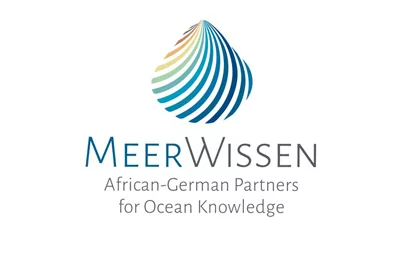Blue Carbon as an alternative livelihood provided by mangroves in Ghana – first insights from the MANCOGA project
Mangroves are often presented as NbS for, among others, Blue Carbon. However, a lack of locally relevant data makes ecosystem service estimates highly uncertain, and outcomes do not always benefit local traditional rights holders. In coastal Ghana, mangroves remain understudied but overexploited because a value chain centered on firewood provides livelihoods to numerous stakeholders. In MANCOGA, stakeholders from local communities to national decision makers use co-design to identify alternative and sustainable mangrove use. We investigate effects of current and possible alternative management on carbon sequestration, and suitable metrics for issuing carbon credits. Results indicate a strong positive relationship between mangrove age after cutting and carbon density, demonstrating the potential for Blue Carbon credits; halted deforestation will lead to reduced carbon emissions and re/forestation to carbon dioxide removal. Stakeholder engagement reveals the acceptability and feasibility of mangrove Blue Carbon as a sustainable livelihood for land owners. However, challenges for other stakeholders at the bottom of the existing value chain, as well as cultural and economic factors, including a lack of affordable alternative fuel sources, inhibit the uptake of management changes. We regard MANCOGA as a pilot, and aim to scale a successful intersectoral approach to West Africa and beyond.
